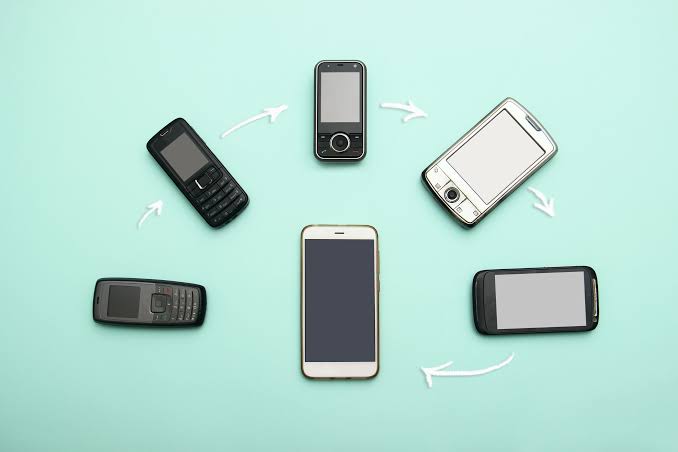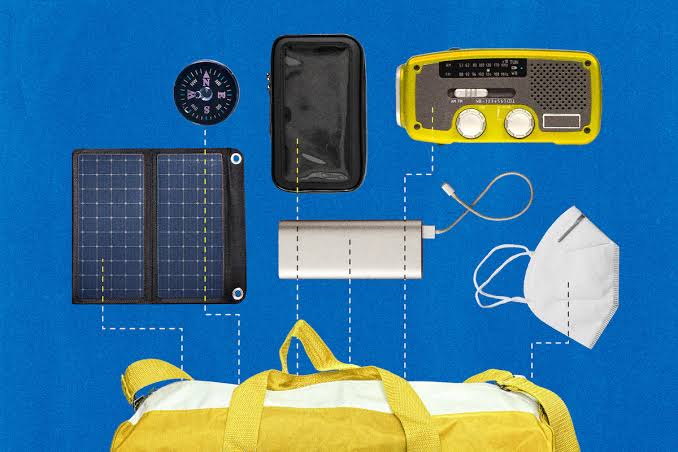Over the last few decades, gadget design has undergone a dramatic transformation. What began as functionality-first, often clunky machines has now evolved into a world of sleek, minimalist, and aesthetically pleasing devices.
This evolution is not just a matter of aesthetics but a reflection of technological advancement, user-centric design philosophies, and cultural shifts in how we interact with technology.
As of July 2025, the design of gadgets is influenced more than ever by a demand for portability, intuitive interfaces, and seamless integration into daily life.
The Early Days: Bulk, Weight, and Practicality
In the late 20th century and early 2000s, most gadgets were large, heavy, and focused primarily on performance. Function often trumped form. Whether it was the earliest mobile phones, home computers, or personal digital assistants, these devices were built to serve specific purposes with little attention to how they looked or felt.
Mobile phones were brick-like and often required belt clips. Early laptops were thick and heavy, with tiny screens and short battery life. Camcorders, gaming consoles, and audio players had more in common with briefcases than modern tech.
These devices were milestones at the time, but their physical designs reflected the technological limitations and priorities of the era.
The Rise of Portability and User Comfort
As technology advanced, engineers and designers began to focus on making devices more portable. The introduction of lightweight materials, compact circuitry, and lithium-ion batteries in the 2000s allowed for slimmer and lighter gadgets.
Apple’s launch of the iPod and the first MacBook Air marked turning points. Suddenly, portability and design were part of the conversation. Gadgets were no longer just tools—they became fashion statements and status symbols.
By 2010, consumers expected devices to not only perform well but also feel comfortable in hand, slip easily into pockets, and match their personal style. This era began the shift toward the sleek and refined designs we recognize today.
The Influence of Minimalism in Design
Minimalism began influencing gadget design in the 2010s, driven by Scandinavian design philosophy and brands like Apple, Google, and Samsung. Simplicity, clean lines, and neutral colors became standard features.
Unnecessary buttons were eliminated, bezels got thinner, and smooth textures replaced rough casings. The focus moved to creating an intuitive user experience where form followed function.
As of 2025, this minimalist approach has matured. Devices now often have just one or two physical buttons, use gesture controls, and feature seamless glass or aluminum exteriors. The design language aims to make the technology almost invisible in daily life.
Material Innovation and Sustainable Design
The push for better design also led to innovation in materials. Aluminum, tempered glass, and carbon fiber became popular for their strength and lightness. Soft-touch plastics and eco-friendly polymers followed.
Today in 2025, sustainability plays a bigger role. Brands are creating gadgets with recycled metals, biodegradable packaging, and modular parts to reduce waste. Companies like Fairphone and Framework lead the charge in offering repairable, upgradable devices without sacrificing design quality.
This fusion of sleek aesthetics and environmental responsibility reflects a growing consumer demand for ethical tech that still looks and feels premium.
Display and Interface Revolution
Screen technology has been one of the biggest drivers of design evolution. From thick CRT monitors to ultra-thin OLED and MicroLED displays, gadgets have become visually stunning and physically compact.
Smartphones today boast near edge-to-edge displays, foldable screens, and under-display cameras. Tablets, smartwatches, and laptops have also adopted flexible or borderless screens that maximize display area without increasing size.
In 2025, touch interfaces have become standard, and voice or gesture controls continue to gain traction. This has further reduced the need for bulky input components, contributing to a more minimal form factor across devices.
The Role of AI and Embedded Technology
As devices became smarter, their external complexity reduced. AI-driven features allowed manufacturers to remove switches and dials, replacing them with predictive software and adaptive interfaces.
Smart home devices like thermostats, doorbells, and speakers now come in minimalist forms with most functions hidden behind touch or app-based controls. AI integration has enabled automation that reduces the need for user interaction, thus justifying simpler hardware.
The future points toward invisible technology—gadgets that blend into the environment, becoming smarter without drawing attention to themselves. This marks a full-circle moment where design vanishes into function.
Wearables and Personal Tech Redefining Form
The rise of wearable technology has redefined what a gadget looks like. Devices like smartwatches, fitness trackers, AR glasses, and health monitors are now compact, discreet, and fashion-oriented.
Designers are tasked with balancing aesthetics with functionality in extremely limited form factors. The result is technology that feels like a natural extension of the body, not a separate object.
As of mid-2025, AR glasses have become lighter, sleeker, and more comfortable, with design teams prioritizing daily wearability and stylistic flexibility to appeal to a broader audience.
Cultural Shifts and Consumer Expectations
Consumer expectations have been a powerful force behind design evolution. People now seek gadgets that align with their lifestyle, reflect their values, and integrate effortlessly into their routine.
Cultural preferences have shifted toward “less is more.” Users now appreciate devices that look clean, operate quietly, and avoid visual clutter. Brands are responding by offering customization options, soft color palettes, and inclusive design for diverse users.
In 2025, tech design also caters more to accessibility, with features for the visually or physically impaired built into the hardware and interface from the ground up, not as an afterthought.
Conclusion: Where Gadget Design Is Headed
The journey from bulky and mechanical to sleek and intelligent has transformed gadgets into extensions of personal identity. This evolution continues in 2025 with trends pointing toward more sustainable, invisible, and human-centered technology.
Gadgets are now designed not just for performance but for presence—or lack thereof. They aim to enhance life quietly and beautifully, merging into the background of our daily activities.
As the boundary between digital and physical continues to blur, the future of gadget design will be defined not by flashy components but by how seamlessly they fit into our lives—simpler, smarter, and more personal than ever before.



